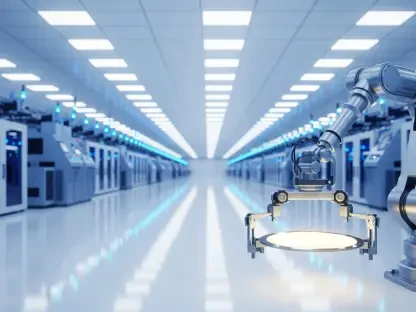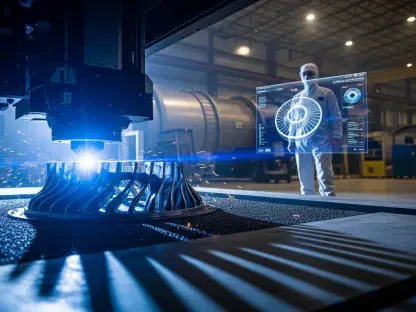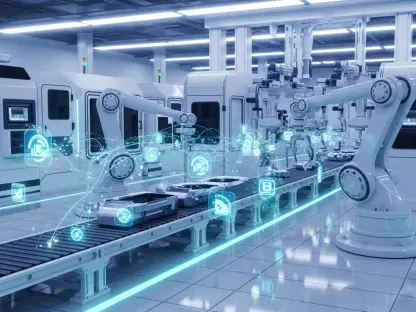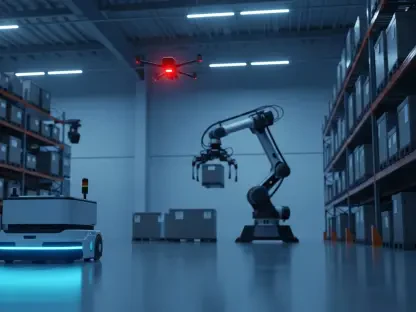Imagine the fast-paced world of modern manufacturing, where the demand for swift product development is relentless and margins for error are virtually non-existent. Bridging the gap between initial concept and end product is rapid prototyping, a crucial speed-up in development cycles across industries. Enter CNC (Computer Numerical Control) machining—a groundbreaking innovation that meets these rigorous requirements with speed, precision, and unmatched reliability.
Why CNC Machining is Making Waves
Rapid prototyping has become central in industries like aerospace and consumer electronics, where competitiveness hinges on innovation and efficiency. CNC machining addresses the pressing need for accurate and rapid development. It drafts the blueprints of future innovations in record time, empowering manufacturers with the tools needed to maintain competitive advantages. In these sectors, the urgency to validate ideas swiftly while ensuring prototypes meet exact specifications cannot be overemphasized.
Advantages That Set CNC Apart
When evaluating CNC machinery, two primary facets stand out: speed and precision. CNC machinery reduces development cycles by converting CAD designs into precise machine operations via CAM software, ensuring intricate designs are realized swiftly. The reliance on readily available stock materials for CNC, such as aluminum and titanium, offers economic benefits not typically seen with additive manufacturing’s specialized polymers. This pragmatic approach is especially manifest in aerospace—where lightweight yet durable components are vital—and medical equipment production, ensuring prototypes meet rigorous testing standards.
Perspectives from Industry Experts
Industry insiders have not only acknowledged but championed CNC machining’s pivotal role in driving rapid prototyping. For instance, companies like Boeing leverage CNC techniques to craft prototypes that closely reflect final products, ensuring accurate assessments of functional criteria. Similarly, in the medical sector, innovations are designed to reduce both time and cost through CNC machined prototypes, which allow for precision testing before mass production.
Strategies for Effective CNC Utilization
To harness CNC machining’s full potential, manufacturers increasingly integrate it with additive methods, such as 3D printing, optimizing prototype production for efficiency. Choosing the correct materials and calibrating CNC systems properly is essential for aligning efforts with specific industry needs. A comprehensive setup guarantees that each phase optimally contributes toward the desired outcome, translating concepts seamlessly into functional, representative prototypes.
Looking Back and Moving Forward
The transformative impact of CNC machining on rapid prototyping has redefined product development timelines, providing precision and economic efficiency. As industries continue to push boundaries, CNC’s proven accuracy and compatibility with production-grade materials secure its ongoing relevance, complementing advancements offered by 3D printing. The future invites companies to delve deeper into integrating these technologies, nurturing an ecosystem where innovation thrives unabated. Embracing this hybrid approach will likely empower manufacturers to achieve breakthroughs and maintain competitive edges in the ever-evolving landscape of modern manufacturing.









